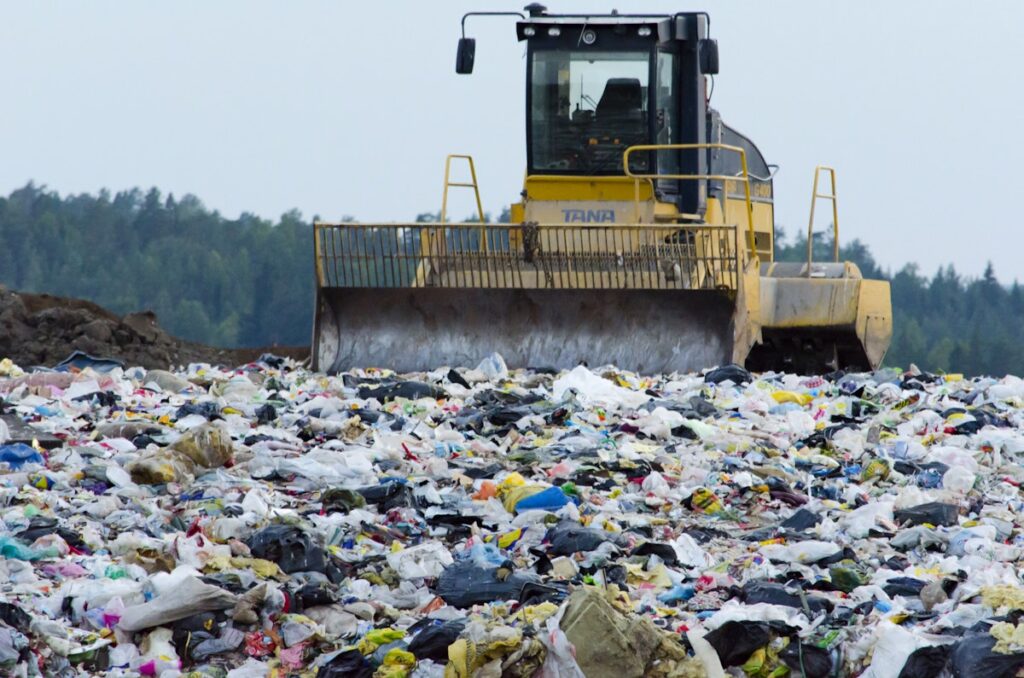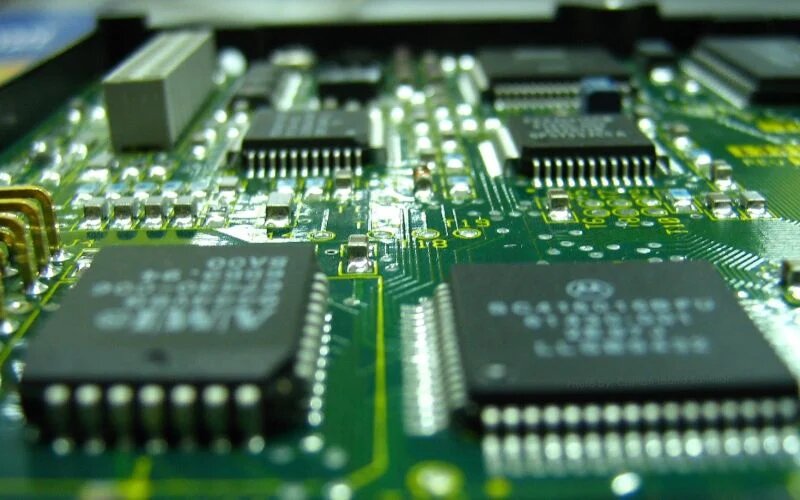Recently, Hong Kong researchers working at the Hong Kong Laboratory for Artificial Intelligence in Design (AiDLab) have been working on creating AI-based “smart clothes”, which are clothes that are embedded in tiny cameras and color-changing material called polymeric optical fibers (POFs). The color of the clothes can change just by a series of simple gestures captured by the cameras. A thumbs-up signals a deep blue color, a heart sign signals a pink color, and an ‘OK’ gesture signals a green color. People can also alter the color of their clothes by picking colors on the app on their phones. The head of the research team, Professor Jean Tan, explains that the fabric is very soft, and that “the hand-feel is just like any ordinary knitted fabric.”
The main purpose of this project is to reduce fast fashion waste that is rapidly ruining the environment. The fashion industry is one of the top waste-producing industries in the world. According to rounditup.org, out of the 100 million tons of clothing manufactured worldwide each year, 92 million are dumped at landfills. These plastic fibers pollute and toxic dyes pollute the oceans and kill marine life. However, smart clothes provide a solution to this problem by reducing waste from textiles. These POFs that are knitted into the yarn are detachable and recyclable. These color-changing clothes are on display at Hong Kong shopping malls. Researchers hope that this product will soon be commercialized. The prices of these clothes will be more expensive than regular clothes due to the money and energy it takes to manufacture.
The fashion industry has been working on reducing clothing waste for years. Other measures have been taken such as making fabric out of sustainable materials like bamboo and organic cotton. Bamboo clothes are typically made from a fiber called viscose rayon, which is spun into yarn. The fibers are extracted from the bamboo by natural enzymes in the plant to destroy the cell wall. Although it is an eco-friendly material to use for clothes, this process is labor-intensive and costly. Bamboo clothes also tend to wrinkle easily, shrink in the dryer, and not be adaptable in extreme climates. Similarly, the growing of organic cotton is also expensive and requires more farmland than it does for inorganic cotton, meaning there will be more deforestation. Therefore, technologically advanced clothes like the ones the Hong Kong researchers have invented will reduce textile disposal without hurting the environment.
It’s not only these color-changing fabrics that are smart clothes. There are other types of e-textiles such as heat apparel and heart rate monitoring clothes. Heat apparel is made of tiny flexible nickel-chromium wires that are stitched into the fabric that can heat and cool the clothing. These wires carry an electrical current that is powered by a battery. Heat textiles are typically used for gloves, hats, and jackets. It has become popular over the years for its excellent heating ability and comfort. Heart-monitoring clothes have been used in the sports industry. These clothes integrate motion sensors that can measure heart rate and blood pressure. Many endurance-focused athletes, like runners, use this technology to keep track of their vitals.
These smart clothes are the new fashion of the future that uses advanced technology to improve the environment and people’s lives. These color-changing AI clothes are still developing, but they will likely be sold in Hong Kong in a couple of years.







